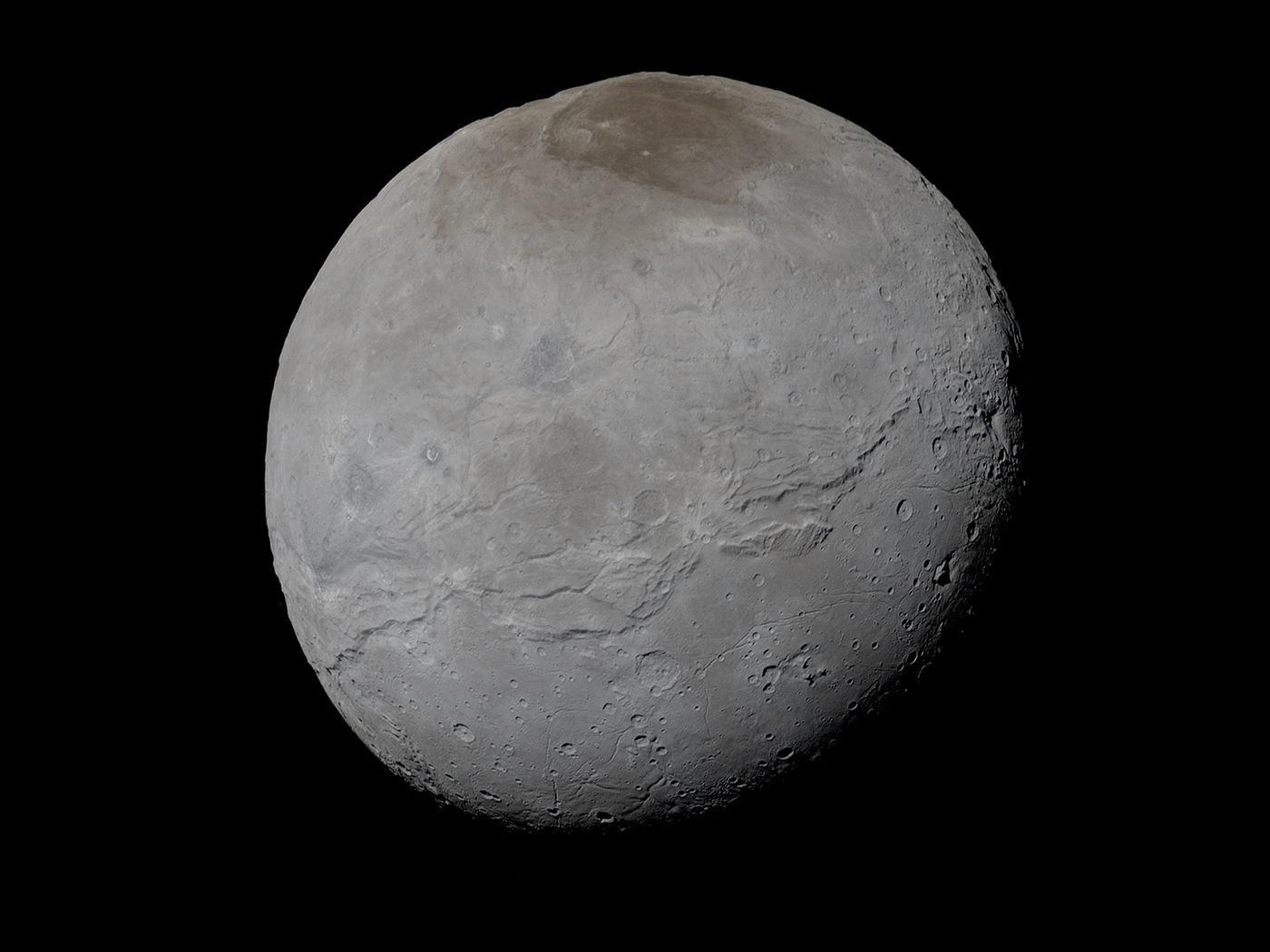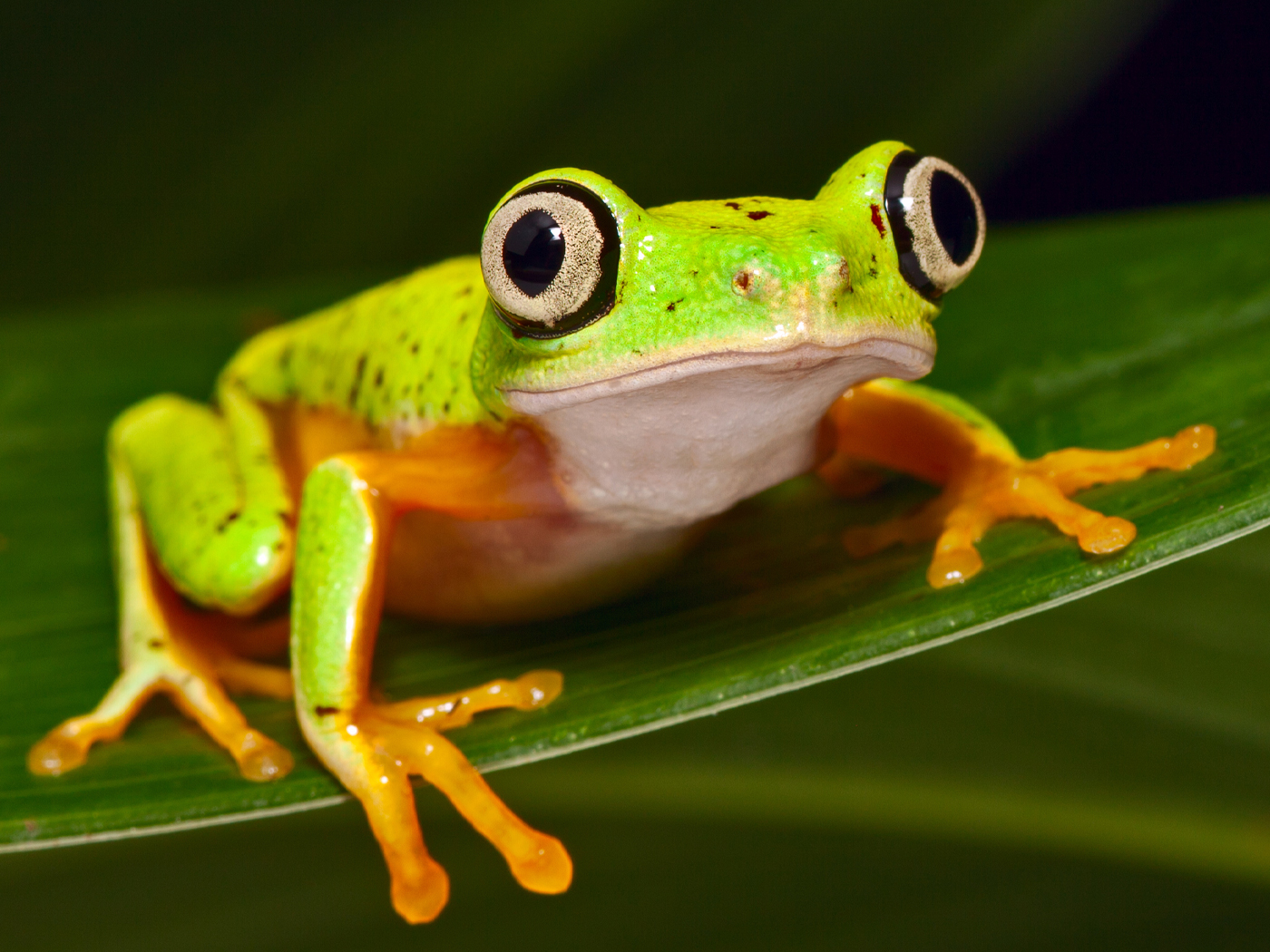Moths can see very well, even at night, and their eyes have a special built-in anti-glare feature so that reflected light does not alert predators to their presence. Engineers are interested in copying these anti-glare design principles, which could revolutionize whole industries with glare-free displays.
Sound-proof rooms are lined with ridge-shaped foam so that incoming sound waves are deflected into the walls and absorbed. Similarly, the surface of a moth's eyes contains ridges that are smaller than the wavelengths of incoming light rays. This way, the light is deflected and absorbed, not reflected.
One way to reduce glare on a flat-screen television, for instance, is to spray a layer of nanoparticles onto the screen. But the nanoparticles fall off too easily, especially when homeowners clean the screen's surface.1 Researchers attempted to solve this problem by constructing a mold with nanoscopic ridges, but they had a hard time separating the cooled plastic from the mold's bumpy inner surface.
An advance was made last year when a special coating was applied to the mold to help the plastic detach more easily. Eventually, the researchers hope to invent an inexpensive, mass-producible "moth eye" surface that can be added to cell phone screens, televisions, automobiles, solar panels, and many other products.
The problems encountered in copying the "moth eye" design clearly show the genius and effort needed to originate any such technology. Carefully applied knowledge and constructive techniques are required, which are the opposite of randomizing natural processes. And the fact that moths themselves already have built-in solutions to similar problems testifies to their having been designed by a superior Engineer.
Despite the fact that intelligent human designers still have "a lot of work to be done" to catch up with this particular technology, evolutionary science continues to insist that moths' anti-glare eye properties came from non-thinking nature. If nature alone could accomplish such feats in the past, then why are diligent designers having such trouble coming up with even the most basic copies?
An article posted on LiveScience stated that "the lusterless eyes of moths…evolved to prevent light from reflecting off them and catching predators' attention."1 But the fact that so much focused labor is required just to mimic one aspect of the moth's eye shows that such an assertion is wrong, and that the original high-tech eyes had to have been made by a Master Designer.
Reference
- Hadhazy, A. Moth's Eyes Inspire Reflection-Free Displays. LiveScience. Posted on livescience.com May 25, 2010, accessed June 3, 2010.
* Mr. Thomas is Science Writer at the Institute for Creation Research.
Article posted on June 14, 2010.













